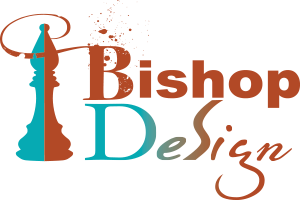by Paula Bishop | Jun 10, 2015 | Branding, Programming, Social Media Marketing, Web Design
For my Capstone project I chose to do a cookbook, as I’ve been accumulating recipes I’ve made on little pieces of paper in a huge stack in a bookshelf in my kitchen. I took the plunge and coded my project in PHP using the artisan framework Laravel. Laravel for PHP is like JQuery for Javascript–it’s not a language, per se, but a complex library of functions that one can hook into to create applications more quickly and securely–Laravel does some heavy lifting, but has a large learning curve, especially as it is all object-oriented. I could (and probably should) devote a whole blog to Laravel.
by Paula Bishop | Nov 29, 2014 | Programming, Social Media Marketing, Web Design
API stands for Application Programming Interface and is a set of protocols and functionality, implemented on an internet connected system, which allows other software (usually apps) to request information and calculations from it. Essentially, APIs help build applications, and function similarly to plugins or widgets for Wordpress–they add functionality, but without having to be in a CMS framework. you can plug code right into html–with some javascript and jquery to help, to install APIs into your website or application. They are often the go-betweens in the communication between people and services.
by Paula Bishop | May 8, 2014 | Content Management Systems, Web Design, Wordpress
I’m excited to offer this Wordpress User Manual to my clients, to help them edit, add, and maintain content on their pages. It is geared towards the User role of “Editor” and not Admin, so is scaled down from what it takes to create a site–it is more geared towards helping customers keep up the content of the site.
by Paula Bishop | Apr 16, 2014 | Web Design
Recently, the big news was that Getty Images–a huge stock photo company that has been around for many many years, and got really big doing print design photography–recently came out and gave permission (with certain strings attached) to use their vast library of images on blogs and non-commercial web use.
by Paula Bishop | Apr 12, 2014 | Content Management Systems, Programming, Web Design, Wordpress
Plugins are a big reason why Wordpress has gotten as powerful and as popular as it has, for they extend the functionality of Wordpress in many different ways, including adding shopping carts, boosting SEO ratings, adding widgets and calculators to make conversions, etc.
by Paula Bishop | Mar 12, 2014 | Content Management Systems, Programming, Web Design, Wordpress
When you look at a webpage, you see it as one page, with various elements (masthead, footer, content area, sidebar, etc.), and in straight html, you code it as one page, with the DOCTYPE declaration at the top, opening and closing tags for various parts of the page. With themes, though, these parts are divvied up and each one becomes their own page, functioning under a model similar to the Model View Controller.
